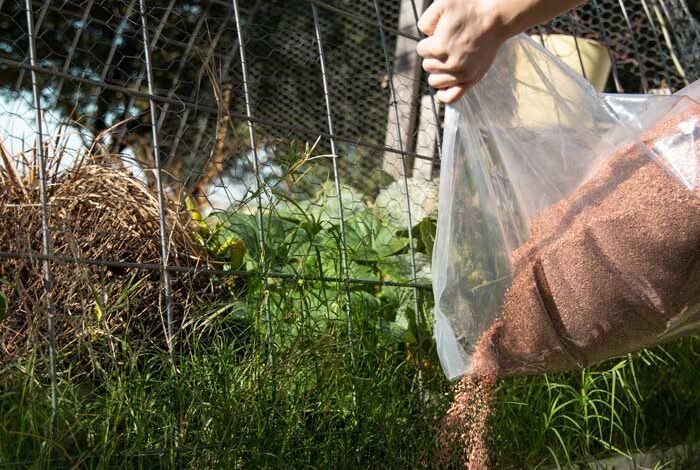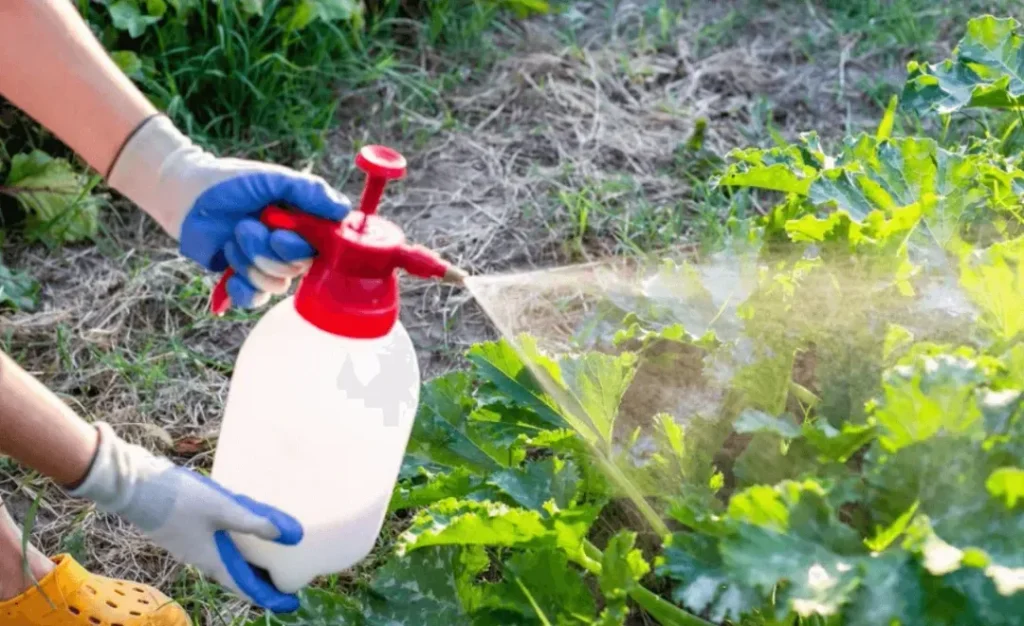Cedar for Pest Control: Natural Way to Repel Insects and Rodents

In a world where homeowners are increasingly cautious about chemical exposure and environmental impact, natural Cedar for Pest Control has become more than just a trend—it’s a lifestyle shift. Among the many eco-friendly options available, cedar for pest control stands out as a powerful, safe, and aromatic solution that has been trusted for centuries. The idea of using a simple wood or oil to repel unwanted insects may sound too good to be true, yet science and experience both back up cedar’s pest-repelling power.
Cedar has been used for generations to protect homes, clothes, and food storage areas from pests like moths and roaches. The pleasant, earthy aroma of cedar isn’t just refreshing—it’s nature’s built-in defense mechanism. From cedarwood oil sprays to cedar chips in the garden, this natural wonder provides an effective and chemical-free way to keep bugs at bay.
In this article, we’ll explore everything you need to know about cedar as a natural Cedar for Pest Control solution—how it works, how to use it effectively, its advantages and limitations, and the best cedar products available today.
Understanding Cedar and Its Natural Pest-Repelling Properties
What Is Cedar?
Cedar is a type of evergreen coniferous tree found in various parts of the world, including North America and the Mediterranean. Its wood is known for its durability, pleasant scent, and resistance to decay, making it a popular material for furniture, chests, and closets. What makes cedar truly special, however, is its natural ability to deter pests.
There are several types of cedar, including Eastern Red Cedar, Western Red Cedar, and Atlas Cedar. Among these, Eastern Red Cedar is most commonly used for Cedar for Pest Control purposes because of its high concentration of aromatic oils. These natural oils are responsible for cedar’s unique scent and pest-repelling qualities.
The Science Behind Cedar for Pest Controll Power
Cedarwood contains powerful natural compounds such as cedrol, thujone, and cedrene. These compounds disrupt the pheromones and metabolic systems of many insects, making it difficult for them to survive or reproduce near cedar. The scent alone is often enough to drive pests away.
Studies have shown that cedarwood oil can effectively repel and even kill certain types of insects, including moth larvae, fleas, and ticks. Unlike chemical pesticides, cedar doesn’t rely on toxins to eliminate pests—it interferes with their biological systems naturally, ensuring safety for humans and pets.
Pests That Cedar Can Repel
Cedar is particularly effective against moths, cockroaches, ants, spiders, mosquitoes, and fleas. Outdoors, cedar mulch can keep away ticks, mites, and certain beetles. However, it’s important to note that while cedar repels many pests, it may not completely eliminate severe infestations of some insects like termites or bed bugs.
How to Use Cedar for Pest Control
Using Cedarwood Oil
Cedarwood oil is one of the most versatile and concentrated forms of cedar. To use it effectively, mix several drops of pure cedarwood essential oil with water in a spray bottle. This mixture can be sprayed on baseboards, entryways, furniture, or even directly on pet bedding to repel fleas and ticks.
The oil’s scent lasts for days and can be refreshed as needed. When applying indoors, ensure the area is well-ventilated, as the aroma can be strong. Cedar oil is safe for pets and humans when diluted properly, but direct contact with concentrated oil should be avoided.
Cedar Blocks, Chips, and Sachets
Cedarwood blocks and sachets have been used for generations to protect clothing and linens from moth damage. Place cedar blocks in wardrobes, drawers, or storage boxes to deter insects naturally. For an added touch, combine cedar chips with dried lavender or rosemary for an enhanced scent and repelling effect.
Over time, the wood’s aroma will fade. Lightly sanding the cedar or adding a few drops of cedar oil will restore its potency. This makes cedar blocks a long-lasting and cost-effective Cedar for Pest Control tool.
Cedar Mulch in Gardens and Outdoor Spaces
In outdoor environments, cedar mulch provides dual benefits—it beautifies the garden while keeping unwanted insects at bay. Spread cedar mulch around plants, patios, or the foundation of your home to repel ants, ticks, and other pests.
Cedar mulch decomposes slowly, providing long-term protection. However, gardeners should note that it can be more expensive than other types of mulch. Despite the cost, its Cedar for Pest Control benefits and pleasant aroma often justify the investment.
Combining Cedar with Other Natural Pest Control Methods

Cedar can be combined with other essential oils, such as lavender, peppermint, or eucalyptus, for enhanced Cedar for Pest Control. These combinations create powerful natural repellents that are safe for both indoor and outdoor use. Integrating cedar into a broader Integrated Pest Management (IPM) approach ensures comprehensive and sustainable results.
Advantages and Limitations of Using Cedar
Key Benefits
One of the biggest advantages of using cedar for Cedar for Pest Control is its eco-friendliness. It contains no synthetic chemicals, making it safe for pets, children, and the environment. Cedar also offers a pleasant natural fragrance that doubles as a deodorizer for closets and storage areas.
Cedarwood products are long-lasting, low-maintenance, and cost-effective over time. Unlike chemical sprays, cedar doesn’t require daily application, and many products can last for months or even years with minimal upkeep.
Limitations to Consider
While cedar is an effective repellent, it’s not a miracle cure for all pest problems. In severe infestations, professional Cedar for Pest Control may still be necessary. The aroma can also fade with time, requiring reapplication or replacement of cedar products.
Some individuals may find cedar’s scent too strong or develop mild allergies with prolonged exposure. Additionally, applying cedar oil directly on surfaces may cause slight staining, so it’s best to test a small area first.
Choosing the Right Cedar Products
When shopping Cedar for Pest Control products, you’ll find a variety of options—oils, sprays, chips, blocks, and mulch. For small indoor areas, cedar blocks or sachets work best, while oils and sprays are more suitable for targeted pest control.
Ensure that you choose 100% pure cedarwood oil without additives or synthetic fragrances. Reputable brands often provide eco-certifications or transparent ingredient listings. Reading customer reviews and verifying sourcing from sustainable cedar forests can help ensure quality and effectiveness.
Safety Tips and Best Practices
To maximize cedar’s benefits safely, always store cedar oil in a cool, dark place away from children and pets. Avoid over-saturating surfaces with oil, and reapply only as needed. When using cedar mulch outdoors, wear gloves to avoid irritation and ensure good airflow around plants to prevent mold buildup.
Properly disposing of old cedar chips or blocks is also important—these can be composted or reused in the garden. Following basic safety practices ensures cedar remains both effective and eco-friendly for long-term use.
Conclusion
Cedar for pest control is more than an old household trick—it’s a time-tested, scientifically supported, and environmentally responsible solution. Whether you use cedarwood oil sprays indoors, cedar blocks in closets, or cedar mulch in your garden, this natural method offers a safe and effective defense against a variety of pests.
As the demand for sustainable living grows, cedar continues to prove that nature often provides the best solutions. By integrating cedar into your home or garden, you’re choosing a cleaner, greener, and pest-free future.
Frequently Asked Questions (FAQs)
Does cedar really repel all types of pests?
Cedar repels many pests, including moths, ants, fleas, and spiders, but may not be fully effective against all insects like termites or bed bugs.
Is cedar safe to use around pets and children?
Yes, when used properly and in moderate amounts, cedar is safe and non-toxic for humans and pets.
How long does the scent of cedar last for pest control?
Cedar scent typically lasts 3–6 months; lightly sanding or adding oil can renew its potency.
Can I make my own cedar pest repellent at home?
Yes, you can mix cedarwood oil with water in a spray bottle for an easy DIY pest repellent.
Does cedar kill pests or just repel them?
Cedar primarily repels pests by disrupting their pheromones and respiratory systems, though it can kill smaller insects like larvae.
You May Also Read: Red Light Chiang Mai




